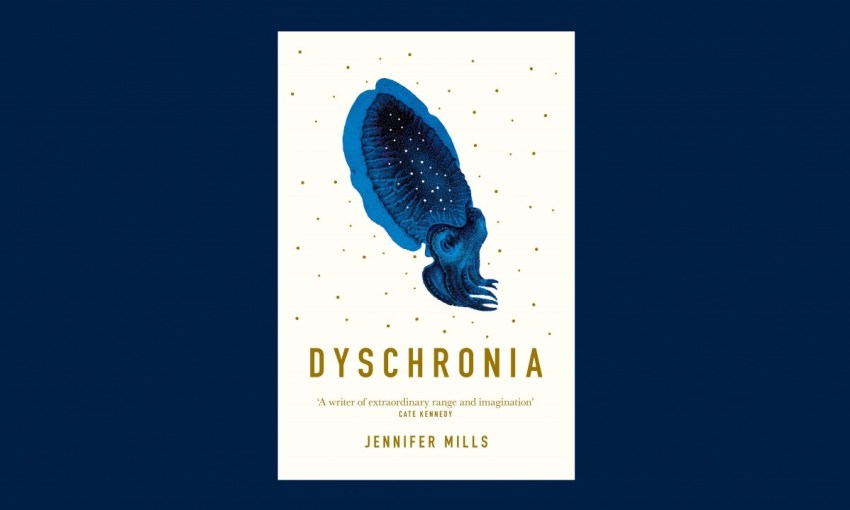A new novel from Australian author Jennifer Mills finds an immediate way to talk about the ever-present but rarely acknowledged threat of climate change.
All around us and nowhere to be seen
Last year, in the Sydney Review of Books, novelist James Bradley examined the responsibility of authors ‘writing on the precipice’ of catastrophic global environmental change. “Not only must we confront the inhuman scale of the transformation that is taking place around us, [including] its temporal, physical and moral enormity,” he wrote, “we must find ways of making sense of its complexity and interconnectedness”.
Connor Tomas O’Brien is a writer, designer, and creative type based in Melbourne.
For writers, climate change has emerged as a profound challenge of representation – both ‘invisible’ and all-encompassing, fast and slow, large and small. Then there is the challenge of appealing to readers, who are unlikely to invest in stories that lecture or proselytise. There’s another thorny issue, too: just how ethical is it to create art and entertainment revolving around impending, real world environmental collapse?
These obstacles can stymie writers, but they can also encourage inventiveness and experimentalism. In recent years, Australian writers, from Briohny Doyle (The Island Will Sink) to Sally Abbott (Closing Down), have offered complex works of ‘Anthropocene fiction’ – stories recognising we can be both victims and perpetrators of environmental change. These works skirt and subvert genre conventions in order to force us to shift and renew our perspectives.
Jennifer Mills’ Dyschronia serves as a fantastic addition to, and expansion of, this form of storytelling. The scale is physically contained – confined to Clapstone, a remote seaside town – but temporally and morally expansive, scrubbing backward and forward between pipe dreams and calamities.
Mills’ central conceit is to jumble time. Through chapters told from the perspective of Sam, our primary protagonist, we experience what appear to be flashes of the future. Mills’ muddling of genres prevents us from easily resolving what Sam is experiencing – is ‘dyschronia’ a form of mental illness, a paranormal power, or something else entirely? Other chapters grant us different perspectives on present and future, with the plot hinging on gaps and discrepancies evident between now and then.
Dyschronia feels largely designed to prompt questions while denying answers. By introducing us to a character who can, apparently, see through time, we confront the interaction between two elemental forces – our human desire to change or control the future, and our environment’s refusal to be controlled.
Actions have consequences, and what Dyschronia reveals, in part, is how poorly any of us are able to appreciate the entirety of those consequences – especially when they do not align with our hopes.
Dyschronia is, at times, a challenging work – but this is surely by design. The world Mills creates is neither magical nor realistic, but neither does it rest neatly in the middle. Like the mysterious, genetically altered giant squid that makes an entry later in the story, it is a very slippery thing indeed.




